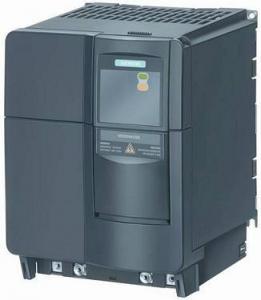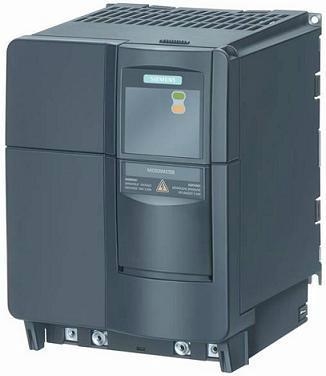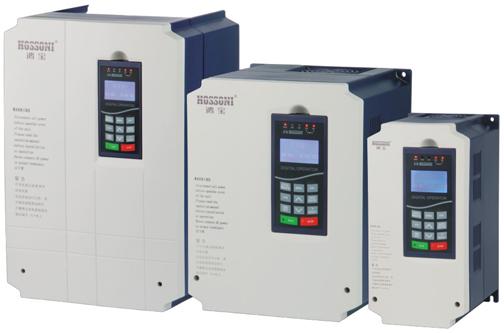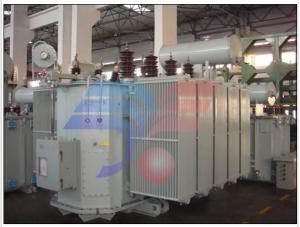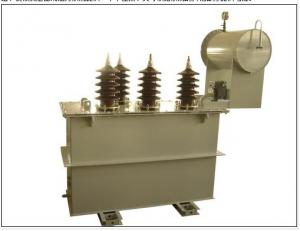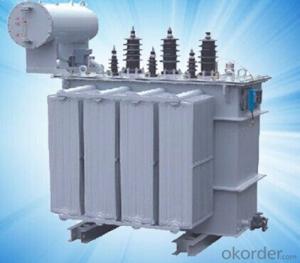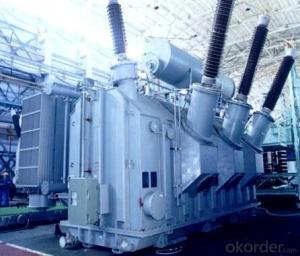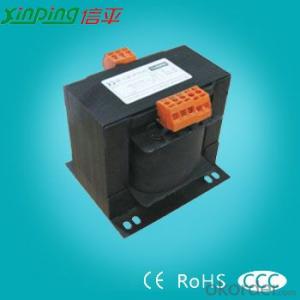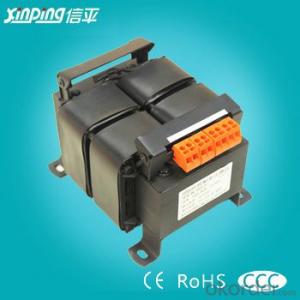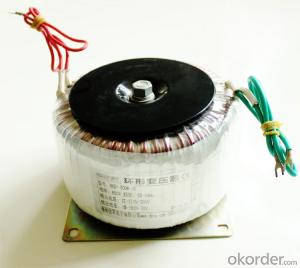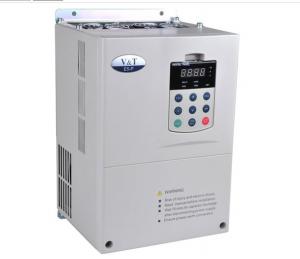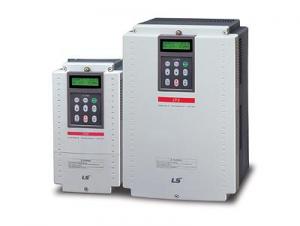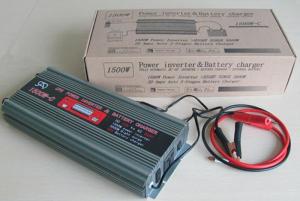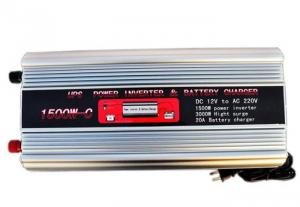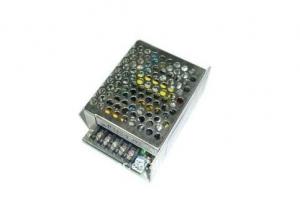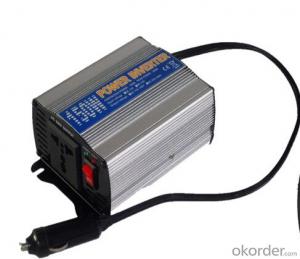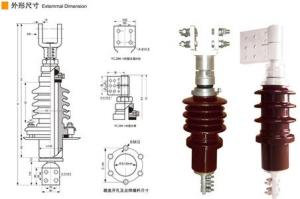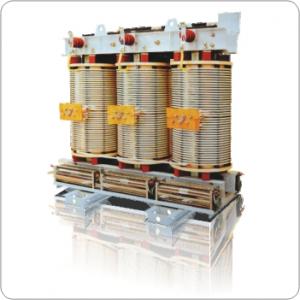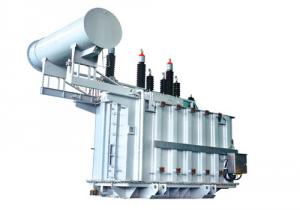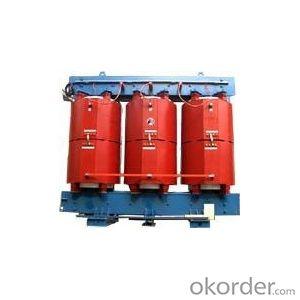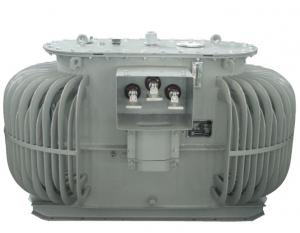Power Inverter DC11-15V AC100-120V, AC220V
- Loading Port:
- Shanghai
- Payment Terms:
- TT OR LC
- Min Order Qty:
- -
- Supply Capability:
- 10000pcs pc/month
OKorder Service Pledge
Quality Product, Order Online Tracking, Timely Delivery
OKorder Financial Service
Credit Rating, Credit Services, Credit Purchasing
You Might Also Like
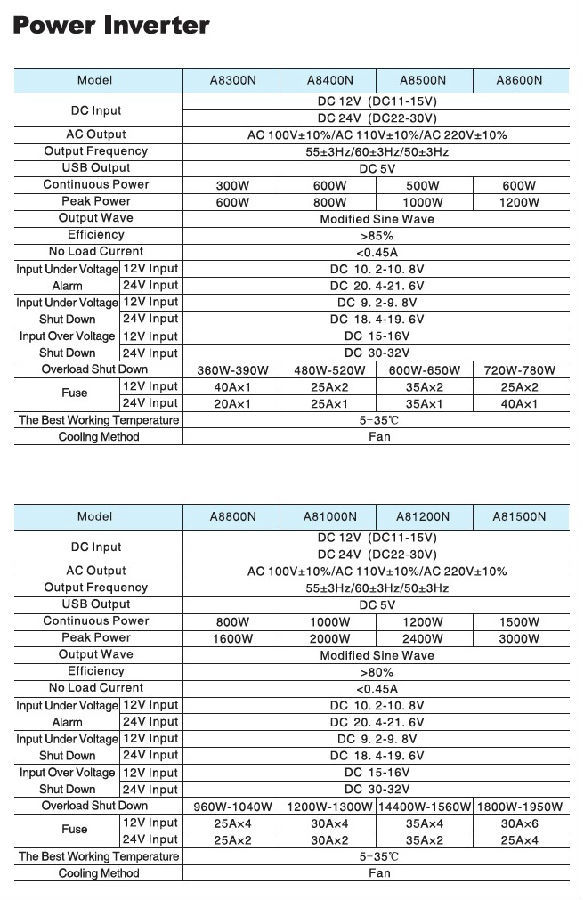
- Q: If a transformer rating 240vac 50hz being supplied by a source 240vac 60hz,will it get hotter than by 240vac 50hz source?
- Keep in mind that every hertz reverses the flow of the electrons. The more hertz, the more reverses. Each reverse involves friction, which generates heat.
- Q: I just finish watching Transformers Revenge of the Fallen for the third time. IT was awesome I 'm getting it on DVD and hoping for it to come out as another transformers.
- It looks like it's set for July 1st, 2011.
- Q: KW how to know how much transformer?
- Know the number of KW, how to calculate how much transformer is needed. In general, our calculation is based on the nature of the equipment, the production process, the development prospects of the production enterprises to analyze the size of the transformer, some companies, how many kilowatts to choose the number of KVA, and some enterprises have all the equipment must boot Run, then, on the choice of a little bigger, the machinery industry enterprises, generally in accordance with the installed capacity of 4-5 fold to select the transformer capacity. For reference only.
- Q: I think they can, especially since there has been a series of some sort in the US and/or Japan series on going since 1996. Here is the track record:The Transformers (1984-1987 season 1-4 in the US)Japan's cotinuation of G1:Transformers: Headmasters (1987)Masterforce (1988)Victory (1989)Zone (1990)Beast Wars: Transformers (1996-1998)Japan's continuation of Beast Wars:Beast Wars Second (1998)Beats Wars Neo (1999)Beast Machines (1999-2000)Transformers: Robots In Disguise (2001)Armada (2002-2003)Energon (2004-2005)Cybertron (2005-2006)Animated (2007-present)This also includes two movies with a third on the way:Transformers: The Movie (1986)Transformers (2007)Transformers: Revenge Of The Fallen (2009)They might not as long running and continuous as the Simpson but to me the franchise has a good case for being one of longest running series with all of its incarnations.
- Not to downplay Transformers or their cultural impact on the world- but I'm going to disagree. Certainly Transformers is a world renown series, and has stayed active for an exceptionaly long time in a variety of different itterations- but I wouldn't QUITE go so far as to say it is one of the longest running although it is certainly more than most). I am assuming we are just talking about animated series too (since well, this is the animated section) because in the broad scope of ALL TV, then Transformers can't even light a candle to stuff like the Today Show or Sports Center which have both been going on for decades and have tens of thousands of episodes. But even if we are just looking at animated features, I would point to Sazae-san. That same series has been running since the 1960s and has thousands of episodes- and is still ongoing If we are looking at number of variations and types of shows, I'd say Mickey Mouse. He has countless movies and short films, and more than a few lengthy series that have been showing up for decades and decades still to come. And even if we are talking about animated series about robots- Gundam still has Transformers beat. It's been going on since ths 70s and has around twelve 25+ episode series, with dozens of specials and movies, and more than a handful of OAVs that range from a few episode on up to 13 or more. (absurd Gundam graph: anidb /perl-bin/animedb.pl?sho ) So yes, Transformers is quite exceptional- but there are just too many giants out there for me to consider it to be one of the longest.
- Q: Guys can you tell me that how can I calculate transformer winding?Example:- I need (12volts, 4Amps, 50Hz on Secondary's side of transformer and give 230volts 50Hz on Primary's side of transformer) how I calculate the wire's number of turns? In this case I can give different values of current like 1Amp, 2Amps, 3Amps etc on Primary's side of transformer. But I need constant 12volts, 4Amps, 50Hz on secondary. So how can I calculate.Please give an answer with an example basis on (0-12) transformer.
- Basically, the ratio of voltages is the same as the ratio of turns. The currents are the inverse ratio but that kind of takes care of itself if you just deal with the voltage ratio.
- Q: I am re-winding transformers, and I was wondering if braided copper wire can be used for the secondary winding. I will be using large gauge wire (4-8 ga.) and I just need to know if the performance will be terrible if I do use it.
- I have seen it used before by the people running cnc servo/steppers. The duty cycles are really low i guess it works out for them. If you go for it rememebr to put a fuse inline. (dont make the fuse to large)
- Q: Can a transformer alone be used for amplifying audio signals ? If yes how ?
- Technically No. The transformer will not amplify a signal, however it can be used to make sure you use any signal you actually do have to your best advantage. A transformer is generally used to achieve an impedance match between the signal source and load. For instance if you were to connect an 8 ohm speaker directly to a 1 kilohm signal source, most of the available signal would be dissipated in the source resistance and less than 1% of the signal would produce movement in the speaker. If however a 1k to 8 ohm transformer is used to match the source to the load,up to just under 50% of the signal will make it into useful energy in the speaker. This is a substantial gain in performance of the overall system but is not actually amplification.
- Q: hello thank you for reading this question, i have a iron cored dc-ac transformer (relies on interrupter to constantly break circuit to induce induction in secondary coil) a brief and crude diagram can be found
- If I understand correctly, you want to turn an old transformer into an electromagnet, and you want to use both windings in order to get the strongest possible field. First of all, you are going to need to modify the core: It needs a gap. In a perfect transformer, the lines of magnetic force would be entirely confined to the core.
- Q: How the transformer is transformer
- Transformer is the use of electromagnetic induction principle made of static appliances. When the transformer's original coil connected to the AC power supply, the core will produce alternating magnetic flux, alternating magnetic flux with φ said. The original, the secondary coil φ is the same, φ is also a simple harmonic function, the table for the φ = φmsinωt. By Faraday's law of electromagnetic induction, we can see that the induced electromotive force in the original and secondary coils is e1 = -N1dφ / dt, e2 = -N2dφ / dt. Where N1, N2 is the original, the number of turns of the secondary coil. U1 = j1n1, U2 = E2 = -jN2ωΦ, and the complex value is U1 = -I1 = jN1ωΦ, U2 = E2 = -jN2ωΦ, and the complex value is U1 = Let k = N1 / N2, said the variable ratio of the transformer. U1 / U2 = -N1 / N2 = -k, that is, the ratio of the original value of the transformer and the secondary coil voltage, is equal to its turns ratio and the difference between the original and the secondary coil voltage is π.
- Q: Here we go I have 4 transformers (230V to 12V) and 4 radio receivers. I have one transformer connected to one receiver. Similarly all transformers are connected in the same way. Now, I used a connection box (normal heavy duty ones bought at hardware shop-i think its made of some kinda fibre) to house 2 transformers and 2 receivers. This scenario is happening in my roof. I went to open one of the box the other and the transformer was hot. It wasn't hot to the point of not being able to hold it. But hot enough for me to hold it for for a while before letting go. So the basics here is that one transformer is only powering one receiver which is OK for the load. But I am a bit worried as to whether this can start a fire in the roof. Any advice please? Can this scenario lead to a fire? (Even though there is no overloading)
- It's possible but very unlikely. Many transformers have a heat-operated fuse connected in series so that it breaks before the transformer coils get dangerously hot. It will be hotter inside because the heat can't escape easily, so if the transformer fails the wire will melt inside it, not on the outside. If you are worried about it then you could either check if your transformers have such a fuse, or if they don't, you could fit one yourself. You could also fit the transformers into a big metal box with air vents and a fan to help keep things cool. It's normal for a transformer to get warm, just feel any mains adapter in use. The main component is a transformer. Electrical fires are caused mostly by bad connections sparking, or bad practice which allows a cable to get red-hot from an overload, something which will not happen in a standard installation, because fuses and breakers are installed to prevent it. There is a huge difference between the temperature your hand finds uncomfortable, and the temperature of melting copper which could cause a fire.
Send your message to us
Power Inverter DC11-15V AC100-120V, AC220V
- Loading Port:
- Shanghai
- Payment Terms:
- TT OR LC
- Min Order Qty:
- -
- Supply Capability:
- 10000pcs pc/month
OKorder Service Pledge
Quality Product, Order Online Tracking, Timely Delivery
OKorder Financial Service
Credit Rating, Credit Services, Credit Purchasing
Similar products
Hot products
Hot Searches
Related keywords
